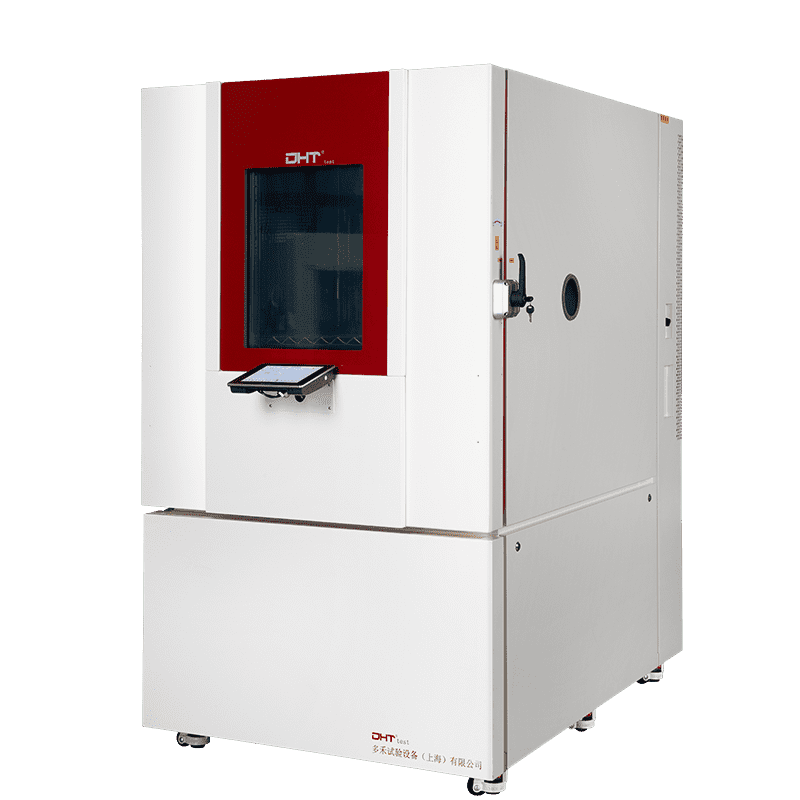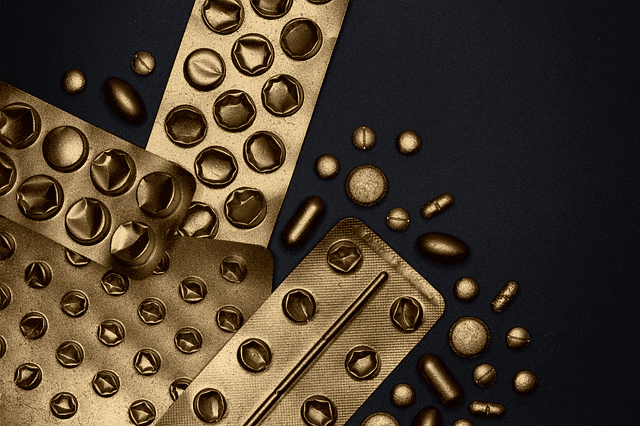Written by Robin
Senior Engineer, Doaho Test (DHT®)
Challenges in New Material Development and the Core Value of Environmental Testing
The development of new materials is a long and uncertain process. Scientists and engineers not only focus on the superior performance of materials under ideal conditions but must also anticipate the environmental stresses materials may face throughout their lifecycle. Sudden temperature changes, humidity corrosion, UV aging, salt spray erosion—these factors can cause material aging, performance degradation, or even critical failures. Against this backdrop, the value of the environmental chamber becomes evident.
Practical Applications of Environmental Test Chambers in New Material Development
In new material R&D, the role of an environmental test chamber is not limited to simulating environmental conditions—it is also a crucial tool for identifying problems, validating performance, and optimizing solutions.
Material Environmental Adaptability Assessment
Environmental test chambers precisely control temperature, humidity, and other parameters to systematically evaluate material performance under different conditions. For example:
- Extreme temperature testing: Aerospace materials must maintain mechanical stability from -55°C to +85°C.
- Damp heat aging test: Electronic packaging materials are tested at 85°C/85%RH to assess moisture absorption and dimensional changes.
- Temperature change rate test: Composites are subjected to rapid temperature changes (e.g., 15°C/min) to evaluate thermal stress resistance.
Material Aging Behavior Studies
Accelerated aging tests are used to predict material lifespan:
- Arrhenius model: By raising environmental temperature (60°C–150°C), material aging is accelerated and mechanical/chemical properties are periodically measured.
- UV aging tests: Photovoltaic materials are exposed in QUV chambers to simulate outdoor UV radiation and evaluate molecular chain breakage.
- Cyclic corrosion tests: Automotive metals are tested under salt spray–drying–damp heat cycles to evaluate coating durability.
Material Stability Verification
Environmental stress screening reveals potential defects:
- Thermal cycling tests: Electronic ceramics undergo -40°C to +125°C cycles to verify microcrack probability.
- High/low temperature storage tests: Lithium battery anode materials are tested under extreme storage conditions to assess phase structure stability.
- Moisture sensitivity testing: Plastic-encapsulated semiconductor devices are classified according to IPC/JEDEC MSL standards.
Functional Material Performance Characterization
For specialized functional materials, environmental chambers provide detailed insights:
- Phase-change materials: Paraffin-based materials are tested for phase transition temperature and latent heat.
- Shape-memory polymers: Recovery speed and temperature correlations are recorded under programmed thermal cycles.
- Hydrogels: Absorption and release dynamics are measured under humidity cycling.
Multi-Factor Coupled Environmental Testing
Complex real-world conditions are simulated:
- Temperature–vibration combined tests: Aerospace composites are subjected to both temperature cycles and mechanical vibrations.
- Temperature–humidity–salt spray tests: Marine engineering materials are evaluated under triple stress environments for corrosion rates.
- Low pressure–UV combined tests: Materials for plateau regions are simultaneously exposed to ultraviolet radiation and low-pressure conditions.
Standardized Compliance Testing
Chambers are also vital for certification testing based on international standards:
- ISO 4892: Xenon-arc aging tests for plastics.
- IEC 60068-2: Environmental testing standards for electronic products.
- ASTM G154: UV aging tests for non-metallic materials.
DHT® Environmental Test Chambers
As a benchmark brand for high-end environmental testing equipment in China, DHT® temperature and humidity chambers are widely applied in new material development, electronics, and new energy industries. They are renowned for precise control, outstanding stability, and intelligent design.
Precise and Comprehensive Environmental Simulation
DHT® chambers feature an independently developed intelligent control system and advanced air circulation design, covering temperatures from -70°C to +180°C and humidity ranges from 10% to 98% RH. With temperature uniformity as tight as ±0.5°C, they ensure highly reliable and repeatable test data for material R&D.
Exceptional Stability and Durability
Core components such as compressors and sensors are sourced from international brands, ensuring long-term stability. With extended service life, these chambers can withstand the demands of high-intensity R&D testing.
Intelligent Control and Efficient Management
Equipped with a color touchscreen and PLC control system, DHT® chambers support program editing, remote monitoring, and data export. Standard USB storage allows real-time data recording and PC-based curve printing. Optional Ethernet/network monitoring enables remote management, meeting the needs of modern laboratories.
Comprehensive Safety Protection
Multiple safety mechanisms—including leakage protection, compressor overpressure protection, over-temperature alarms, and phase sequence protection—ensure reliable and safe long-term operation.
Case Study: Water Resistance Testing of New Energy Battery Separators
A research institute focused on developing materials for EV power batteries needed to evaluate the performance of common PP/PE separators under varying humidity conditions, as high humidity may degrade separator performance and cause battery failures.
The institute used a DHT® temperature and humidity chamber (model ZHS-100HC) to conduct systematic evaluations:
- Accurate environmental simulation: Experiments were conducted at 25°C with three humidity levels: 40% RH (dry environment), 70% RH (humid environment), and 95% RH (extremely humid environment).
- Long-term stability tests: Samples were placed in each condition for 72 continuous hours.
- Comprehensive performance evaluation: Post-treatment testing covered thickness variation, porosity, electrolyte permeability, and mechanical strength.
Results showed that at 95% RH, separators experienced significant performance decline: swelling, reduced porosity, slower electrolyte penetration, and weakened mechanical strength. These findings provided crucial insights for separator material selection, waterproofing design of battery packs, and industry standard-setting.
Conclusion
The development of new materials cannot succeed without rigorous experimental validation, and the environmental test chamber serves as a vital bridge between research and real-world application. By enabling precise environmental simulations, it helps researchers uncover potential issues, validate reliability, and accelerate material commercialization. Choosing a stable, reliable, and well-supported environmental test chamber not only enhances R&D efficiency but also gives companies a competitive edge in fast-paced markets.


